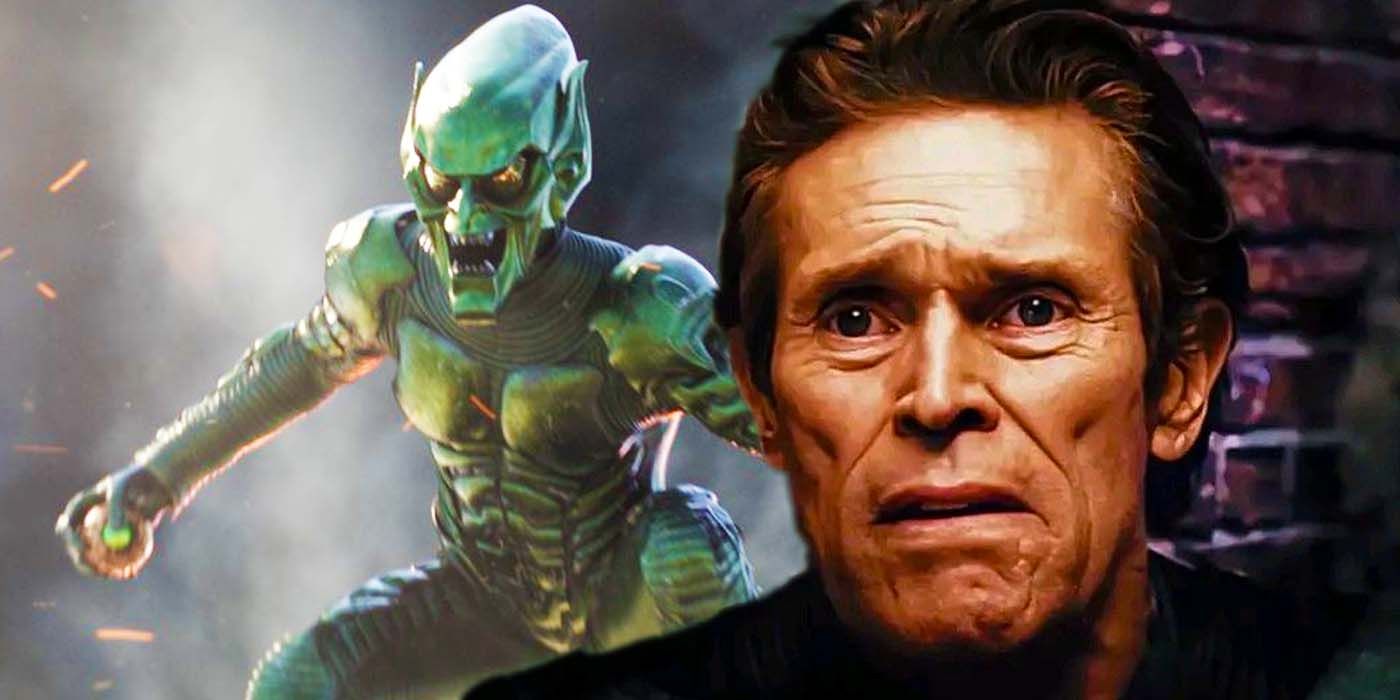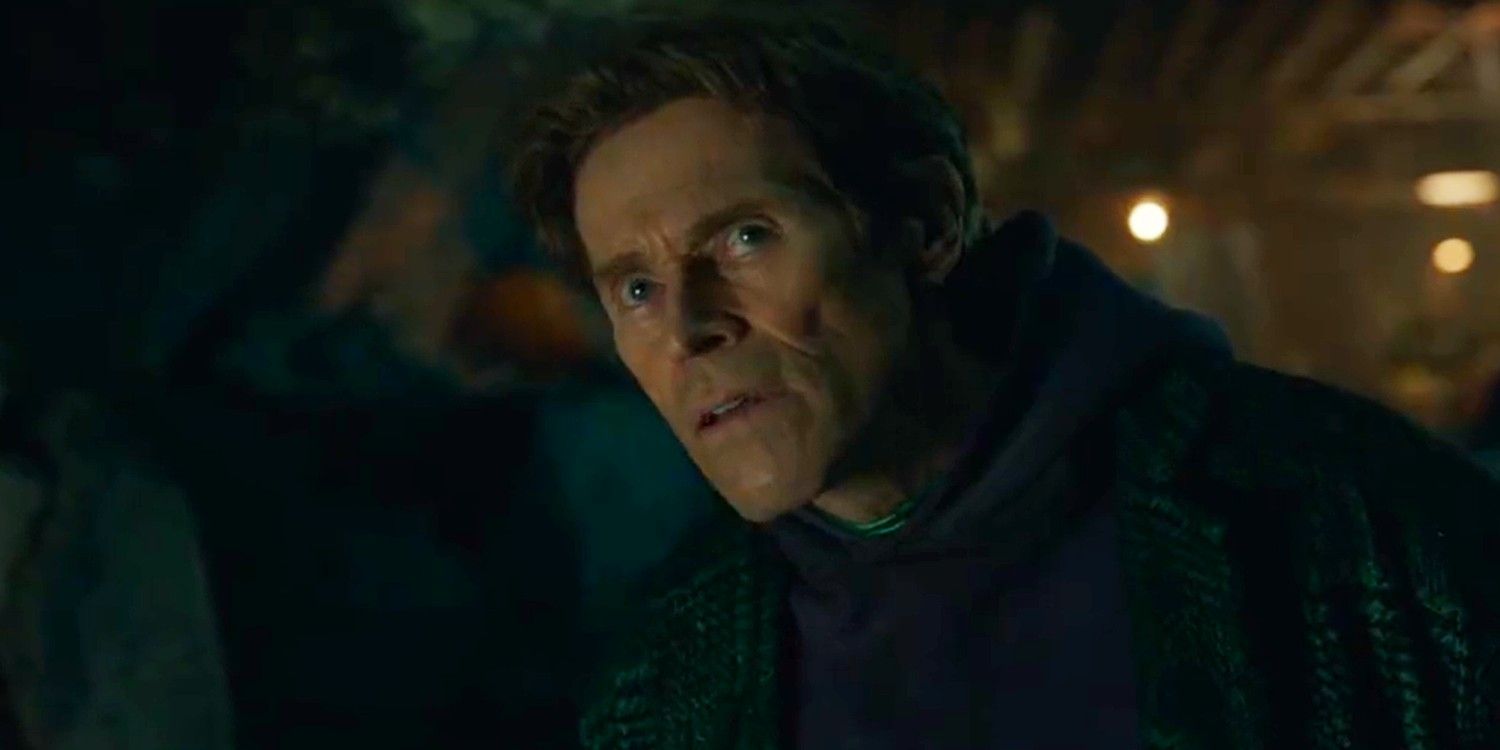Making Willem Dafoe's Green Goblin the main villain of Spider-Man: No Way Home was secretly the best choice in the movie. In Spider-Man: No Way Home, the Multiverse-based Spider-Man story sees numerous villains ofPeter Parker from other universes pulled into the MCU, alongside original Spider-Man actors Tobey Maguire and Andrew Garfield. Among the villains brought over is Wilem Dafoe's Norman Osborn from Sam Raimi's original Spider-Man movie, but his role was almost quite different.
Spider-Man: No Way Home's co-writer Chris McKenna revealed that Norman wasn't originally the main antagonist for the film, with McKenna stating, "So we were evolving the script as we were writing it and shooting it, and it was, 'Oh, Goblin/Norman has to be the villain. How do we do that?'" While Norman's upgrade to Spider-Man: No Way Home's primary villain seemingly had some overlap with principal photography, the menace he provided and Dafoe's innate skill at showing it greatly helped Spider-Man: No Way Home as much as Maguire, Garfield, and Holland's Spider-Men teaming up did.
Despite having an assortment of Spider-Man villains from past movies brought into No Way Home, none of them are inherently evil within the film and the three Spider-Men give them all a path to redemption. Norman Osborn is more of a unique case among the villains, due to having a distinct dissociation between his identities as Norman Osborne and as Green Goblin. Unlike Norman, the Goblin is a genuinely evil, murderous sociopath, and having him in the movie made the situation far more dangerous for all involved.
The Green Goblin persona taking over Norman's mind and killing Peter's Aunt May (Marisa Tomei) worked to establish him as arguably the most violent of the five villains. This gave Spider-Man: No Way Home a very personal villain conflict with Tom Holland's Spider-Man against the Green Goblin, despite him not having a previous connection to the range of villains. Compared to the movie's other villains, the stakes were far higher with Tom Holland's Spider-Man having to battle with his vengeful urges that brought him close to killing Norman.
While Doc Ock (Alfred Molina), the Sandman (Thomas Haden Church), the Lizard (Rhys Ifans), and Electro (Jamie Foxx) all had to be stopped and sent home, they weren't as directly murderous as the Green Goblin. Norman Osborne's presence also brought the shared centrality of all three Spider-Men's mantra of "With great power comes great responsibility" into Spidey's adventures in the MCU for the first time. Tobey Maguire and Andrew Garfield's Spider-Man iterations recounted their Uncle Ben stories to help Peter Parker see that Aunt May did not die in vain. For Holland's "Peter #1" to understand the victimhood Norman himself had fallen under, No Way Home needed a centralized antagonist, and there was no better candidate for that than the Green Goblin himself.
No Way Home's gimmick of the three Spider-Men uniting against villains from other universes made it into the a huge theatrical hit. Even the mightiest of heroes are only as strong as the villains they overcome. Spider-Man: No Way Home remembered that very well in making Willem Dafoe's iconically sinister Green Goblin its main villain in the three Peter Parkers' quest to save him from the monster in his mind.






